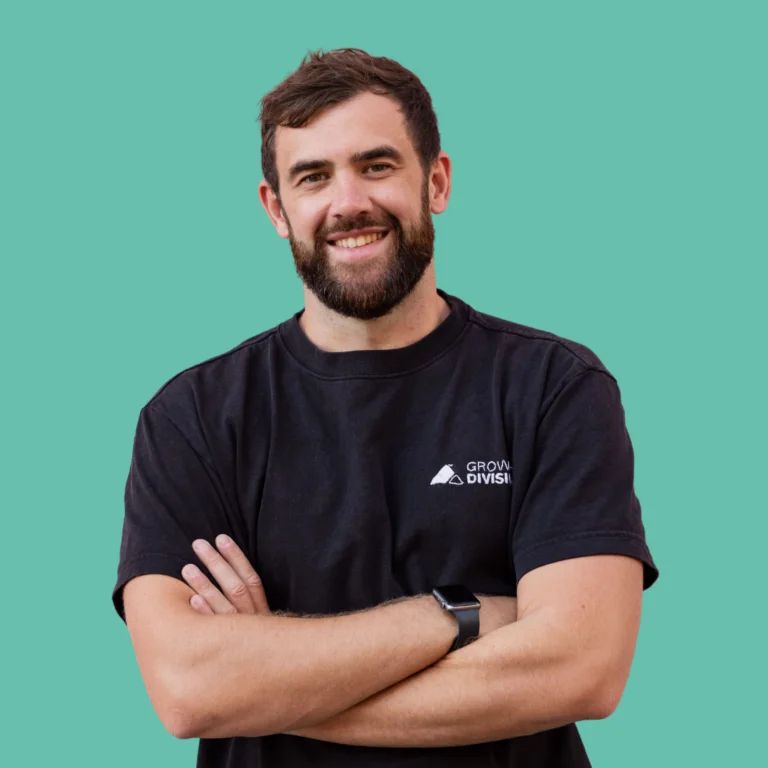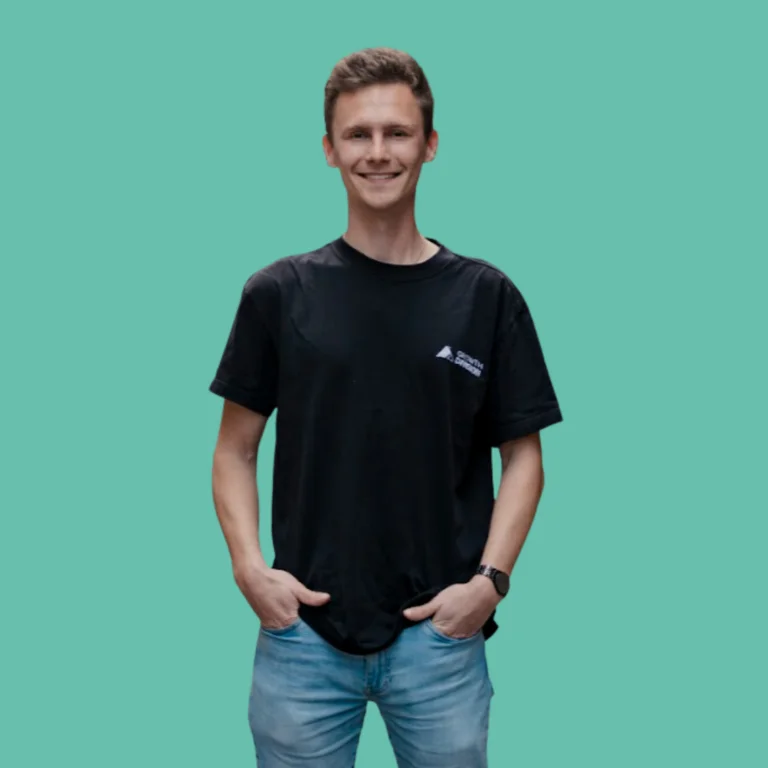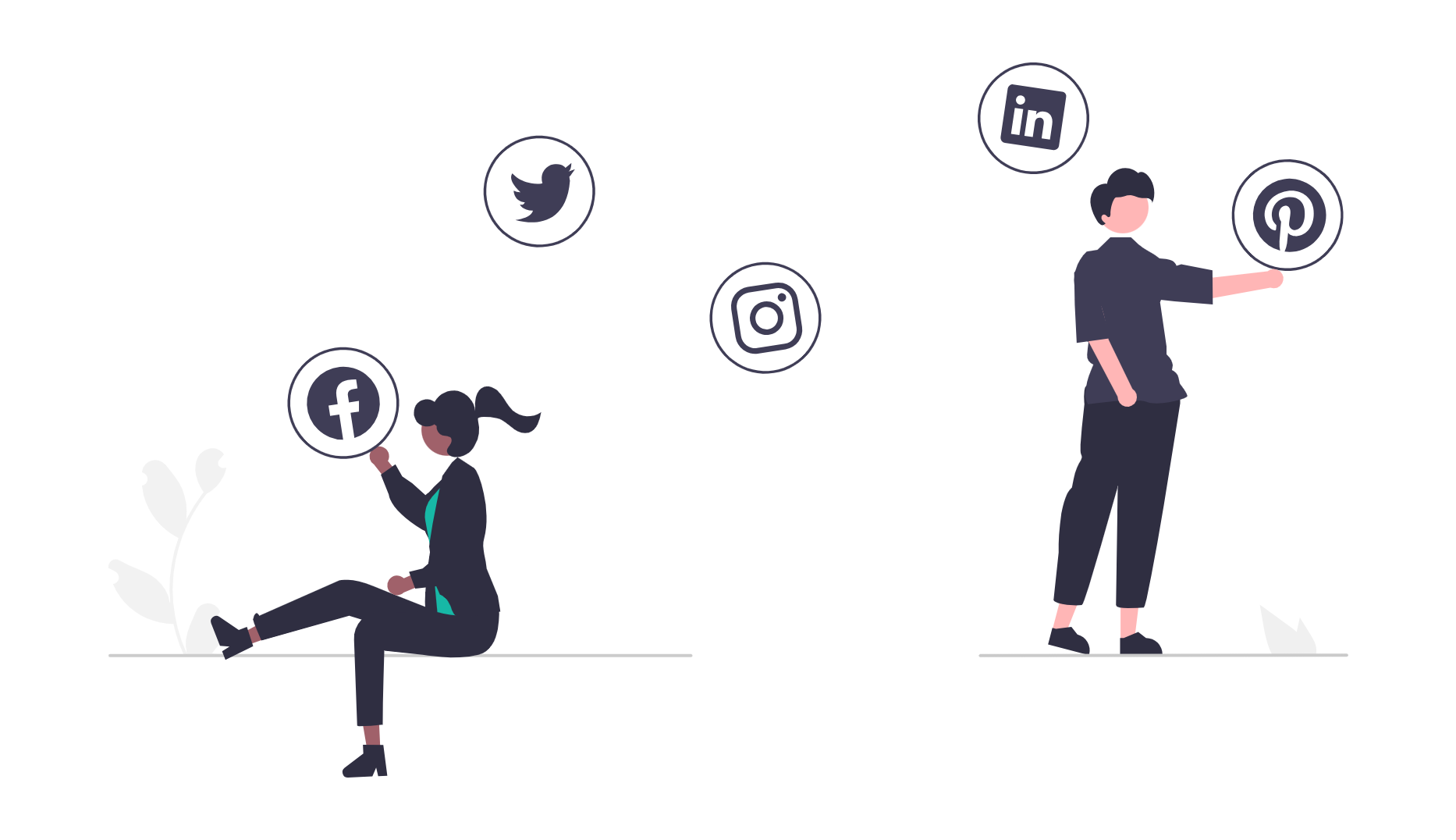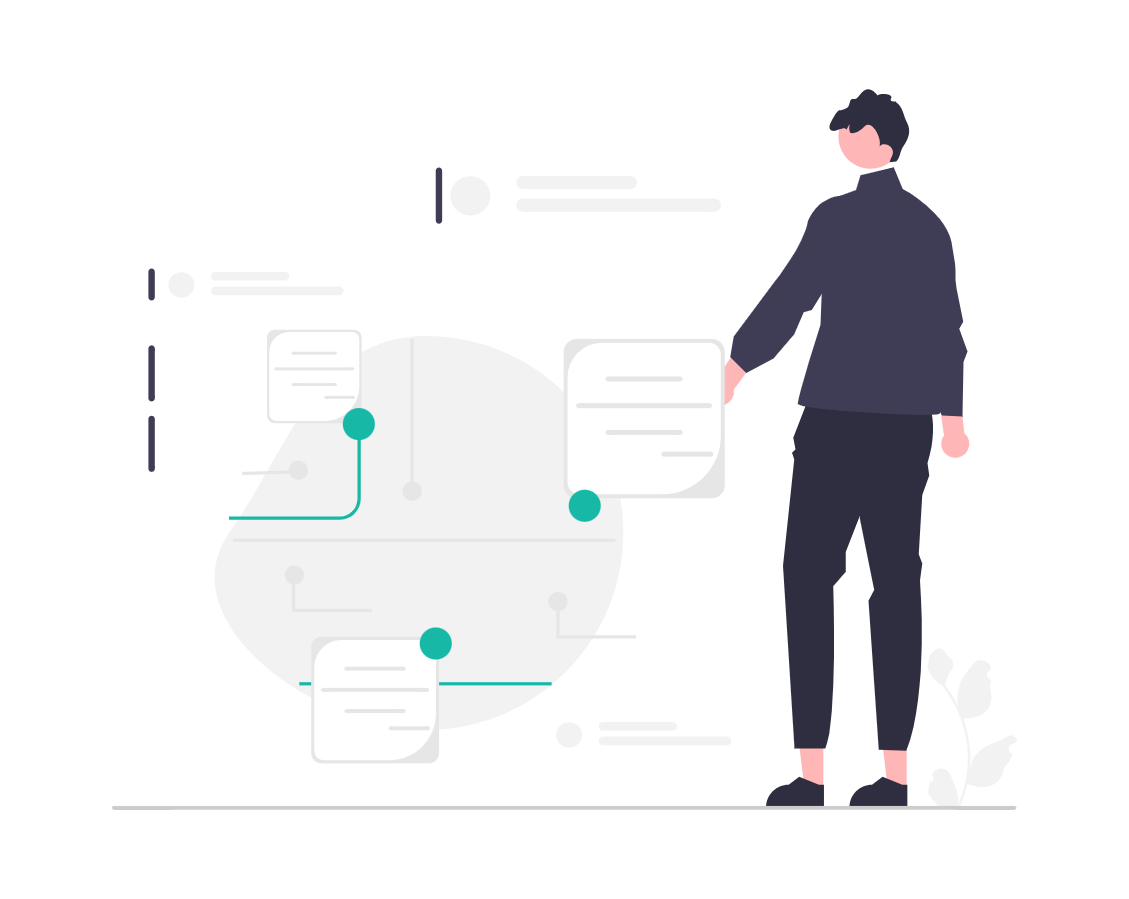In the fast-paced world of software as a service (SaaS), growth is often the ultimate goal. Companies are constantly seeking innovative ways to expand their user base, increase revenue, and enhance customer satisfaction. This case study explores how one SaaS startup successfully doubled its growth through a series of targeted experiments. By focusing on data-driven decision-making and agile methodologies, the company transformed its approach to customer engagement and product development.
The Background of the Startup
Founded in 2020, this SaaS startup aimed to provide a comprehensive project management tool tailored for small to medium-sized enterprises (SMEs). Despite a promising launch and initial traction, the company faced challenges in scaling its user base and retaining customers. With a limited marketing budget and fierce competition, the founders realised that they needed to adopt a more strategic approach to growth.
Identifying the Challenges
The first step in their journey was to identify the key challenges hindering growth. Through customer interviews and feedback sessions, the team discovered several pain points:
- High churn rates among free trial users.
- Low engagement levels with existing customers.
- Limited brand awareness in their target market.
These insights prompted the founders to rethink their strategy. They understood that addressing these issues required a data-driven approach, focusing on experiments that could provide actionable insights.
In particular, the high churn rates among free trial users indicated a need for a more engaging onboarding process. Many users felt overwhelmed by the array of features available, leading to frustration and eventual abandonment. To combat this, the team decided to implement a guided onboarding experience that would walk new users through the platform’s functionalities step-by-step. This not only aimed to enhance user understanding but also to foster a sense of accomplishment as users navigated through the tool, thereby increasing the likelihood of conversion from trial to paid subscriptions.
Moreover, the low engagement levels with existing customers highlighted a gap in ongoing communication and support. To address this, the startup initiated a series of regular webinars and Q&A sessions, allowing users to interact directly with the product team and gain insights into best practices. This initiative not only aimed to boost user engagement but also served to build a community around the product, fostering loyalty and encouraging users to share their experiences and tips with one another.
Implementing a Culture of Experimentation
With a clear understanding of their challenges, the startup set out to create a culture of experimentation. This involved fostering an environment where team members felt empowered to test new ideas without the fear of failure. By adopting agile methodologies, they could iterate quickly based on real-time feedback. The leadership team actively encouraged open discussions about failures and successes alike, creating a safe space for innovation. Regular brainstorming sessions were held, allowing employees to share their insights and propose new concepts, which contributed to a vibrant and dynamic workplace culture.
Defining Key Metrics
Before launching any experiments, the team established key performance indicators (KPIs) to measure success. These metrics included:
- Conversion rates from free trials to paid subscriptions.
- User engagement metrics, such as daily active users (DAUs).
- Customer satisfaction scores (CSAT).
By focusing on these metrics, the team could ensure that their experiments were aligned with their overarching growth objectives. This clarity allowed them to prioritise experiments that would have the most significant impact. Additionally, they recognised the importance of tracking qualitative feedback, such as user comments and suggestions, which provided deeper insights into customer preferences and pain points. This dual approach of quantitative and qualitative metrics enabled a more holistic understanding of user behaviour and satisfaction.
Experimentation Framework
The startup adopted a structured framework for conducting experiments. Each experiment would follow a consistent process:
- Hypothesis formulation: Based on insights gathered from user feedback, the team would formulate a hypothesis to test.
- Experiment design: They would design the experiment, determining the variables to test and the methods for collecting data.
- Execution: The experiment would be launched, with clear timelines and responsibilities assigned to team members.
- Analysis: After the experiment concluded, the team would analyse the results against their KPIs.
This systematic approach not only streamlined their experimentation process but also ensured that each team member was aligned and engaged throughout the journey. Furthermore, the startup implemented a feedback loop where lessons learned from each experiment were documented and shared across the organisation. This practice not only reinforced a culture of continuous improvement but also inspired other teams to embark on their own experiments, fostering a spirit of collaboration and shared learning. The result was a thriving ecosystem where innovation flourished, and every team member felt they had a stake in the company's success.
Key Experiments and Their Outcomes
With a solid framework in place, the startup began launching a series of targeted experiments. Here are some of the most impactful initiatives that contributed to their remarkable growth.
Experiment 1: Revamping the Onboarding Process
The first experiment focused on the onboarding experience for new users. The team hypothesised that a more guided onboarding process would reduce churn rates during the free trial period. They redesigned the onboarding flow, incorporating interactive tutorials and personalised support.
As a result, the startup saw a 30% increase in the conversion rate from free trials to paid subscriptions within three months. Users reported feeling more confident in using the platform, leading to higher engagement levels and improved customer satisfaction scores.
Experiment 2: Personalised Email Campaigns
Next, the team turned their attention to user engagement. They hypothesised that personalised email campaigns could significantly improve user retention. By segmenting their user base and tailoring content to specific needs, they launched a series of targeted email campaigns.
The results were staggering. The personalised emails led to a 50% increase in user engagement, with many users returning to the platform after long periods of inactivity. This experiment not only enhanced customer retention but also fostered a sense of community among users.
Experiment 3: Referral Program Launch
To tackle the challenge of brand awareness, the startup decided to implement a referral programme. They hypothesised that incentivising existing users to refer new customers would drive organic growth. The programme offered rewards for both the referrer and the new user, creating a win-win situation.
Within six months, the referral programme resulted in a 40% increase in new sign-ups. This experiment not only expanded their user base but also helped cultivate a loyal community of advocates for the brand.
Measuring Success and Iterating
As the experiments yielded positive results, the startup continued to monitor their KPIs closely. They recognised that growth is not a one-time achievement but an ongoing process that requires constant adaptation.
Continuous Learning
The team established regular review sessions to discuss the outcomes of their experiments. This practice fostered a culture of continuous learning, where successes were celebrated, and failures were viewed as opportunities for improvement. They encouraged team members to share insights and brainstorm new ideas for future experiments.
This iterative approach allowed the startup to refine its strategies continually. By staying agile and responsive to user feedback, they could adapt their offerings to meet the evolving needs of their customers.
Scaling the Experimentation Model
With the success of their initial experiments, the startup began to scale their experimentation model. They expanded their team, bringing in data analysts and marketing specialists to support their growth initiatives. This allowed them to conduct more experiments simultaneously, accelerating their learning process.
As a result, they were able to double their growth within a year, achieving a significant milestone that positioned them as a formidable player in the SaaS market.
Conclusion: The Power of Targeted Experiments
This case study illustrates the profound impact that targeted experiments can have on a SaaS startup's growth trajectory. By fostering a culture of experimentation, the startup was able to identify and address key challenges, ultimately doubling its user base and enhancing customer satisfaction.
The lessons learned from this journey emphasise the importance of data-driven decision-making, continuous learning, and agility in the face of change. For other SaaS startups looking to scale, embracing a structured approach to experimentation may just be the key to unlocking their growth potential.
As the landscape of SaaS continues to evolve, those who are willing to innovate and adapt will undoubtedly thrive. The future is bright for this startup, and their story serves as an inspiration for others in the industry.
Trusted by over 130 startups because our unique growth process and team of marketing experts unlock exponential growth










